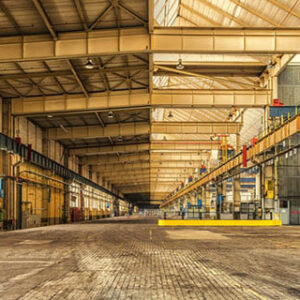Vegetative roofing, also known as green roofing, is a type of roofing system that incorporates living plants and vegetation to cover a building’s roof. This innovative roofing system is gaining popularity as a sustainable and environmentally-friendly solution for urban areas.
Vegetative roofing provides a number of benefits, including reducing urban heat island effects, improving air quality, and reducing stormwater runoff. The plants and vegetation used in this roofing system absorb heat and help to cool the surrounding air, reducing energy costs for the building. They also act as natural filters, removing pollutants and particulate matter from the air.
In addition, vegetative roofing helps to reduce stormwater runoff by absorbing and filtering rainwater. This helps to prevent flooding and reduces the burden on urban drainage systems. The vegetation and soil also act as a natural insulator, helping to regulate the temperature inside the building and reducing the need for additional heating and cooling.
Vegetative roofing can be installed on a variety of building types, from residential homes to large commercial buildings. The roofing system is typically composed of several layers, including a waterproof membrane, a layer of soil, and vegetation. The type of vegetation used can vary depending on the climate and local conditions.
At its core, vegetative roofing is a sustainable and environmentally-friendly solution for urban areas. It provides numerous benefits, including improved air quality, reduced energy costs, and reduced stormwater runoff. With its innovative approach to roofing, vegetative roofing is becoming an increasingly popular choice for those seeking to reduce their environmental impact and promote sustainable living.


